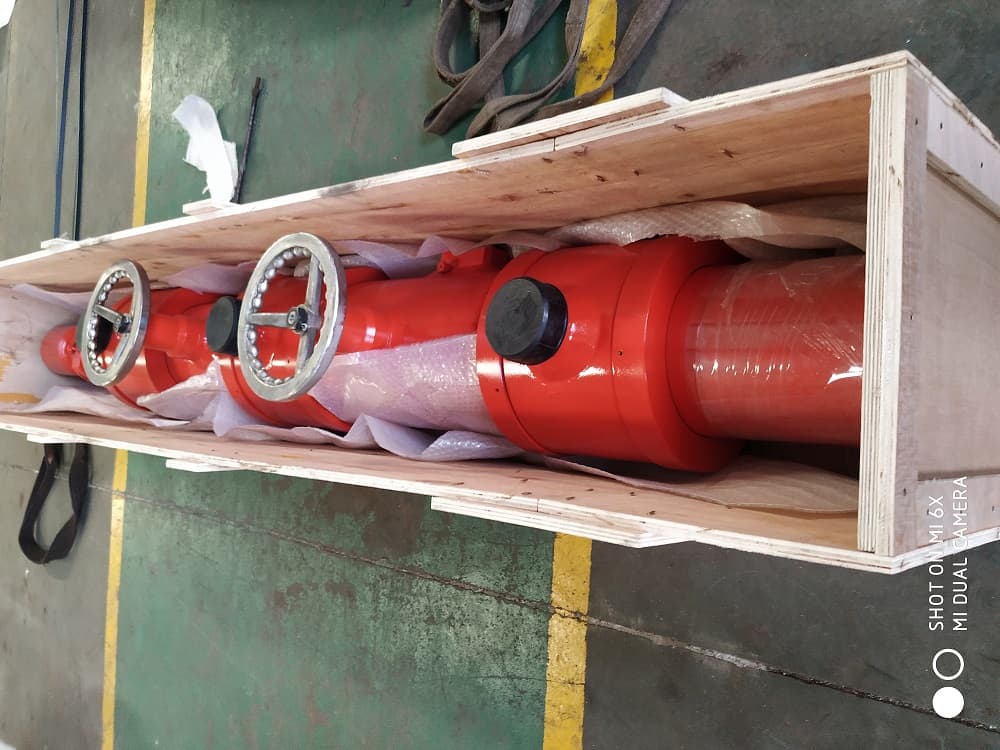Understanding the Different Types of Rotating Cement Head in Oil and Gas Operations
Cementing is an essential process in the oil and gas industry that involves the placement of cement around the wellbore to ensure its stability and prevent any fluid migration. Rotating cement heads are devices that allow for the rotation of the casing or liner string during cementing operations, which ensures proper placement of the cement. There are several types of rotating cement heads available, each with its unique features and benefits. In this article, we’ll discuss the different types of rotating cement heads used in the oil and gas industry.

Top Drive Cement Head
A top drive cement head is designed to be used with a top drive drilling system. It is capable of rotating the casing or liner string while also providing a means to pump cement down the casing or liner. Top drive cement heads are commonly used in drilling operations where the casing or liner needs to be rotated continuously to prevent differential sticking.
Drill Pipe Cement Head
A drill pipe cement head is designed to be connected to the drill pipe string and allow for the rotation of the casing or liner string during cementing operations. It is a versatile cement head that can be used in various wellbore configurations, including vertical, deviated, or horizontal wells.
Side Entry Cement Head
A side entry cement head is designed to be installed on the side of the casing or liner string and allows for the injection of cement into the annulus while also rotating the casing or liner. It is commonly used in vertical wells where a high cement placement rate is required.
Dual Function Cement Head
A dual function cement head is designed to be used for both cementing and drilling operations. It is capable of rotating the casing or liner string during cementing operations and also allows for drilling operations to continue after the cementing job is complete. Dual function cement heads are commonly used in offshore drilling operations, where space and equipment are limited.
Hydraulic Cement Head
A hydraulic cement head is powered by hydraulic pressure and allows for the rotation of the casing or liner string while also providing a means to pump cement down the casing or liner. It is commonly used in horizontal or deviated wells where high torque is required to rotate the casing or liner.
Mechanical Cement Head
A mechanical cement head is operated manually and is designed to allow for the rotation of the casing or liner string while also providing a means to pump cement down the casing or liner. It is a cost-effective option for small wells or low-pressure operations.
How To Choose Rotating Cement Head Manufacturers
Choosing a rotating cement head manufacturer is an important decision that can impact the safety and efficiency of your drilling operations. Here are some factors to consider when choosing a manufacturer:
Reputation
Look for a manufacturer with a good reputation in the industry. Check online reviews, customer feedback, and industry publications for information on the manufacturer’s performance, quality, and reliability.
Experience
Choose a manufacturer with years of experience in producing rotating cement heads. A manufacturer with experience will have a better understanding of the industry’s requirements and can offer solutions to any problems that may arise during operation.
Quality
Quality is crucial in the manufacturing of rotating cement heads. Look for a manufacturer that uses high-quality materials and employs strict quality control measures in their manufacturing process.
Customization
Choose a manufacturer that can customize their rotating cement heads to meet your specific requirements. The manufacturer should be willing to work with you to understand your needs and provide solutions that meet your expectations.
Support
Select a manufacturer that provides excellent customer support, including technical assistance, maintenance services, and spare parts availability. A manufacturer that offers reliable support will help ensure the smooth operation of your drilling equipment.
Cost
Cost is an important consideration when choosing a rotating cement head manufacturer. Compare the prices of different manufacturers and choose one that offers a good balance of quality and affordability.
Conclusion
In conclusion, the type of rotating cement head used in oil and gas operations depends on various factors, including well configuration, torque requirements, and equipment availability. Understanding the different types of rotating cement heads available is essential to ensure proper cement placement and wellbore stability. The right choice of rotating cement head can help improve the efficiency of cementing operations and reduce the risk of wellbore failures.
